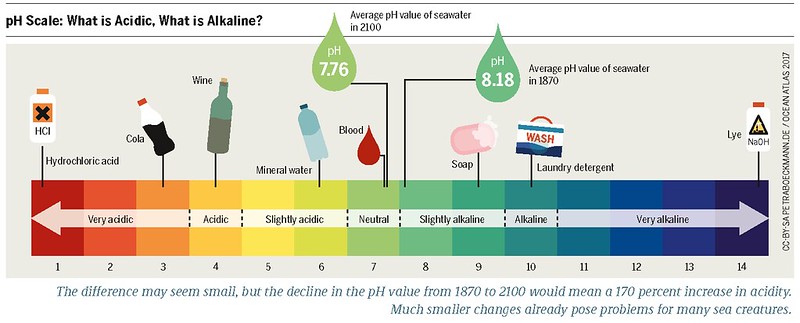The pH of pyridine in water is a measure of the concentration of hydrogen ions (H+) in a solution of pyridine (C5H5N) in water. Pyridine is a weak base, which means it reacts with water to form its conjugate acid, pyridinium (C5H6N+), and hydroxide ions (OH-). The pH of a 0.2M solution of pyridine in water is approximately 9.24, which is greater than 7, indicating that the solution is basic.
Understanding the pH of Pyridine in Water
The pH of a solution of pyridine in water can be calculated using the formula:
pH = pKb + log([B]/[BH+])
where pKb is the negative logarithm of the base dissociation constant (Kb) for pyridine, [B] is the concentration of pyridine, and [BH+] is the concentration of pyridinium. The Kb for pyridine is 1.7 x 10-9.
To determine the pH of a solution of pyridine in water, you can follow these steps:
- Measure the concentration of pyridine in the solution.
- Calculate the concentration of pyridinium using the formula:
[BH+] = [B] x Kb / (Kw/[H+])
where Kw is the ion product of water (1.0 x 10-14 at 25°C).
- Calculate the pH using the formula:
pH = pKb + log([B]/[BH+])
Factors Affecting the pH of Pyridine in Water
If the pH of a solution of pyridine in water is too high or too low, it may indicate the presence of contaminants or other substances that can affect the pH. For example, acids or strong bases can lower the pH, while salts or other basic substances can raise the pH.
Contaminants and Impurities
The presence of contaminants or impurities in the solution can affect the pH of pyridine in water. These substances can be acids, bases, or other compounds that can interact with the pyridine and alter the concentration of hydrogen ions in the solution.
Temperature
The temperature of the solution can also affect the pH of pyridine in water. As the temperature increases, the dissociation of water and the ionization of pyridine can change, leading to a shift in the pH.
Ionic Strength
The ionic strength of the solution, which is a measure of the concentration of dissolved ions, can also influence the pH of pyridine in water. Increased ionic strength can affect the activity of the hydrogen ions and the equilibrium between pyridine and its conjugate acid.
Adjusting the pH of Pyridine in Water
To adjust the pH of a solution of pyridine in water, you can add small amounts of acid or base until the desired pH is reached. This process is known as pH adjustment or pH control.
Adding Acid
Adding a small amount of an acid, such as hydrochloric acid (HCl) or sulfuric acid (H2SO4), can lower the pH of the solution by increasing the concentration of hydrogen ions.
Adding Base
Adding a small amount of a base, such as sodium hydroxide (NaOH) or potassium hydroxide (KOH), can increase the pH of the solution by increasing the concentration of hydroxide ions, which react with the hydrogen ions to form water.
Conclusion
The pH of pyridine in water is an important parameter to consider in various applications, such as chemical synthesis, biological processes, and environmental studies. Understanding the factors that affect the pH of pyridine in water and the methods for adjusting it can help ensure the desired pH is maintained for optimal performance and safety.

